Survival games have become one of the most fascinating and challenging genres in the gaming world. They place us in extreme situations, where every decision can mean the difference between life and death. Whether facing mysterious creatures, collecting scarce resources, or managing hunger and sanity, these titles offer experiences that go far beyond traditional action. Get ready to face the 10 survival games that most test players' patience, intelligence, and reflexes.
Palworld
"Pokémon with guns" was how many defined Palworld at the announcement, but the game is much more than this simplistic comparison. In it, you explore a vast open world filled with creatures called "Pals," which can be tamed to help with combat, transportation, and even construction work. The game's charm lies in its freedom: you can create bases, explore caves, grow food, and develop technological weapons. Survival isn't just about defeating enemies, but also about managing resources, protecting your community, and navigating moral choices. After all, using Pals in an exploratory manner can create interesting dilemmas.
The cycle of exploration, capture, and construction creates an addictive experience. With each new area discovered, the player encounters hostile environments and unique ecosystems that require quick adaptations. Palworld blends RPG, crafting, and management elements in a balanced way, always maintaining the tension of being in an unpredictable world. It's a proposition that challenges both fans of cute creatures and survival game veterans.
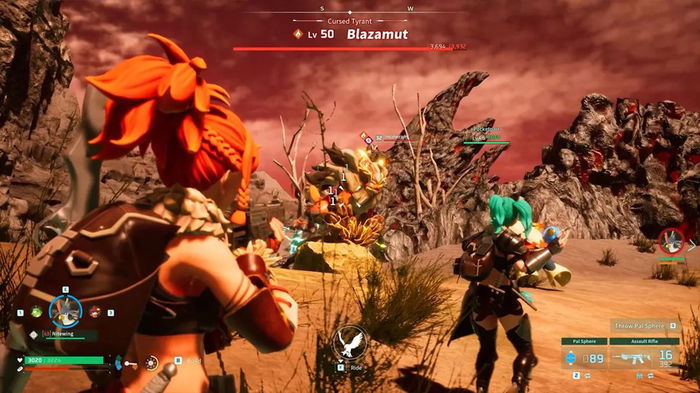
ARK: Survival Evolved
Few games have captured the feeling of vulnerability as well as ARK: Survival Evolved. You start completely naked on a mysterious island, surrounded by dinosaurs, hostile environments, and other players. The first challenge is basic: finding water, food, and shelter. But the game quickly escalates, allowing you to tame giant creatures, build fortresses, and even craft futuristic weapons.
ARK's progression system is brutal and rewarding. Surviving the first few minutes is an achievement, but the true test comes when you face powerful predators or enemy clans on PvP servers. The realistic management of character status—hunger, thirst, and temperature—forces the player to strategically consider every move.
Furthermore, the ability to ride dinosaurs and use them in combat creates epic moments. However, ARK is also known for its punishing difficulty: dying means losing everything you were carrying, forcing the player to rebuild from scratch. This constant tension makes every victory feel grand. It's a game that requires patience, dedication, and a good dose of creativity to survive in such an unforgiving world.
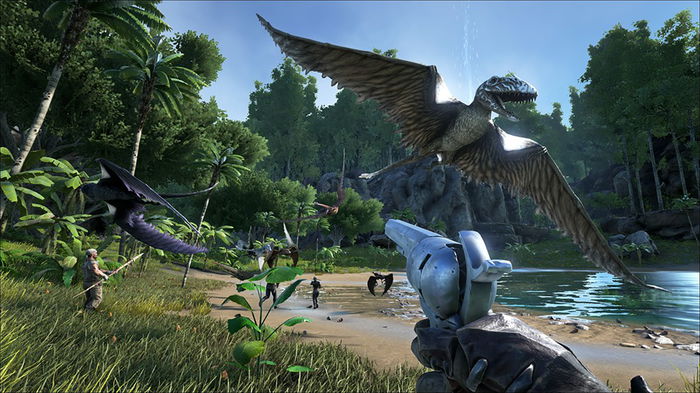
Project Zomboid
Considered by many to be the most realistic zombie apocalypse simulator ever made, Project Zomboid pits the player against the backdrop of a devastated open world with a simple objective: to survive as long as possible. There's no happy ending or silver bullet; eventually, you'll die, and the challenge is to prolong that inevitability.
The game's uniqueness lies in its level of detail. Every action, no matter how simple it seems, can determine your survival. Eating spoiled food can cause illness, searching for supplies at night increases the risk of being ambushed, and even a poorly sealed window can attract a horde of undead.
The crafting system is deep, allowing players to do everything from cooking meals to building complex barricades. Furthermore, the game simulates psychological aspects: stress, depression, and boredom affect the character, making survival more difficult. Playing in co-op makes the experience even more intense, as sharing resources and dealing with the group's human flaws creates dramatic situations.
Project Zomboid doesn't forgive mistakes, and each death is a lesson learned for the next attempt. It's the kind of game that leaves you in a constant state of paranoia, always on the lookout for the next move. For those seeking realism and extreme tension, this is one of the most intense titles in the genre.
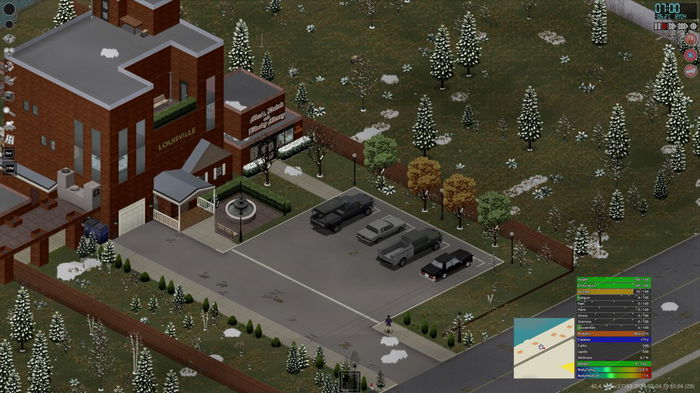
DayZ
Born as an Arma 2 mod, DayZ has evolved into one of the most intense online survival games ever created. Set in a post-apocalyptic world teeming with zombies, the real danger often comes not from the undead, but from other players.
The game requires constant management of hunger, thirst, and health. A simple wound can become a death sentence if not treated quickly. The realism is brutal: there are no HUD maps, mission markers, or easy directions. You must navigate the environment, learn to use improvised resources, and trust, even if distrustful, in every human encounter.
What makes DayZ unique is the unpredictability of social interactions. You might find someone willing to share food or be instantly betrayed. This tension creates unique stories with each session, where survival depends as much on skill as luck.
The learning curve is arduous but rewarding. Few games convey so well the sense of isolation, paranoia, and human fragility in a collapsing world. DayZ is cruel, but for those who persist, every moment of survival turns into a memorable victory.
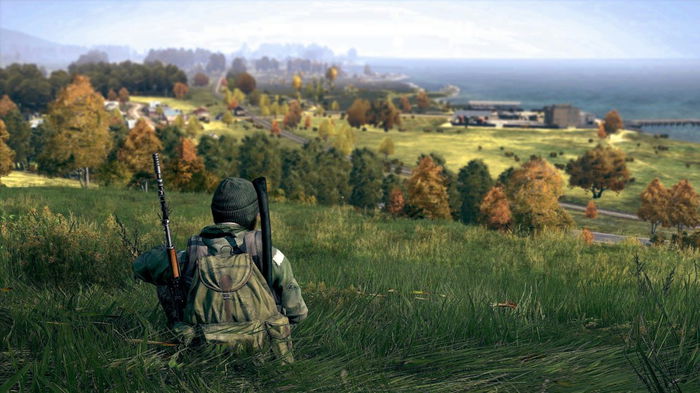
Terraria
Despite its colorful appearance and 2D gameplay, Terraria is one of the most challenging survival games available. You start with basic tools and quickly discover that the world is full of dangers, from aggressive creatures to supernatural events that arise during the night.
Gathering resources is essential: wood, minerals, and plants are transformed into weapons, armor, and equipment. Progression is marked by battles against powerful bosses, each more difficult than the last. This cycle of exploration, construction, and combat keeps the game fresh and unpredictable.
Multiplayer mode expands the experience, allowing groups of friends to build elaborate fortresses and face challenges together. But even in cooperative play, survival requires planning: traps, potions, and adequate equipment are essential to avoid surprises.
The combination of creative freedom and increasing difficulty makes Terraria a unique experience. It proves that realistic graphics aren't necessary to create a sense of constant danger and the satisfaction of overcoming challenges. Each game is different, and the feeling of starting from scratch and evolving until you face colossal enemies is rewarding and addictive.
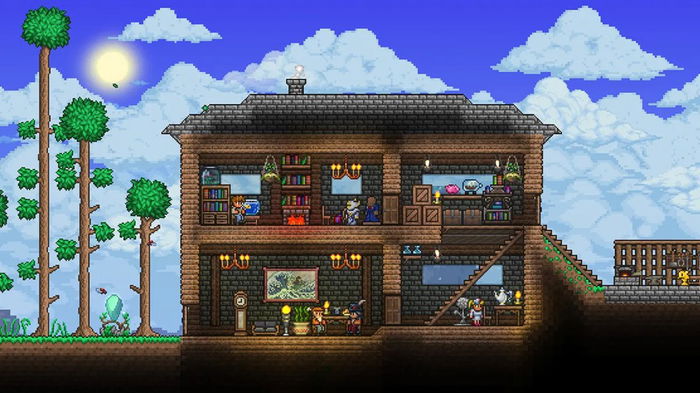
7 Days to Die
7 Days to Die blends survival with RPG and tower defense elements. As the name suggests, every seven days a massive horde of zombies attacks, forcing the player to prepare during the intervening period. This cycle creates increasing tension, as each week is a new test of planning and endurance.
The game offers an open world filled with resources to collect and structures to explore. Building a sturdy base is essential, as is improving your combat and crafting skills. The realistic nature of systems like hunger, thirst, and disease adds an extra layer of difficulty.
The highlight is the sense of urgency: you never have enough time to be fully prepared for the next horde. This constant pressure forces you to make difficult decisions about how to spend your time and resources.
Multiplayer adds even more complexity, as sharing roles with friends can make survival easier, but it also increases collective responsibility. Every mistake can cost a lot.
7 Days to Die is relentless but rewarding. Surviving an intense horde after days of preparation is one of the most satisfying experiences the genre has to offer.
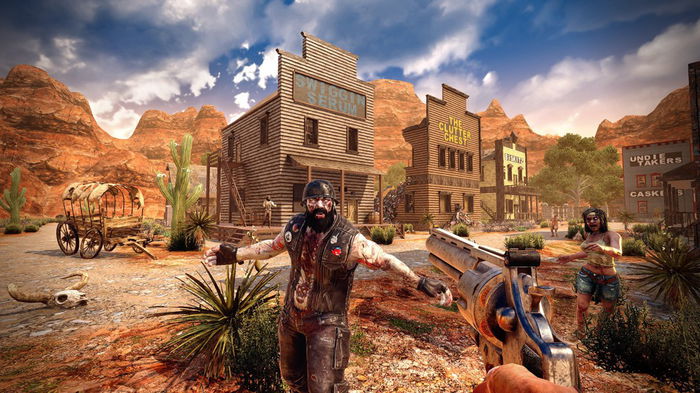
Subnautica
Subnautica transports players to an alien planet almost entirely covered by oceans. After surviving a space crash, you must explore the seabed to find resources, craft equipment, and uncover the planet's secrets.
Survival here goes beyond hunger and thirst: oxygen is your most precious resource. Exploring deep underwater caves becomes a race against time, while colossal creatures patrol the environment, heightening the sense of vulnerability.
The atmosphere is unique: the game balances moments of tranquility, with beautiful and colorful biomes, and moments of absolute terror, as you delve into dark and unknown areas. The sound design heightens the tension, making each expedition a mix of fascination and fear.
Beyond survival, Subnautica offers a captivating narrative, revealed through records and discoveries made at the bottom of the sea. The quest to understand what happened to the crew and how to escape the planet keeps the player motivated.
It's an experience that masterfully blends exploration, creativity, and psychological horror. Few games can convey so well the mix of wonder and dread that the unknown ocean inspires.
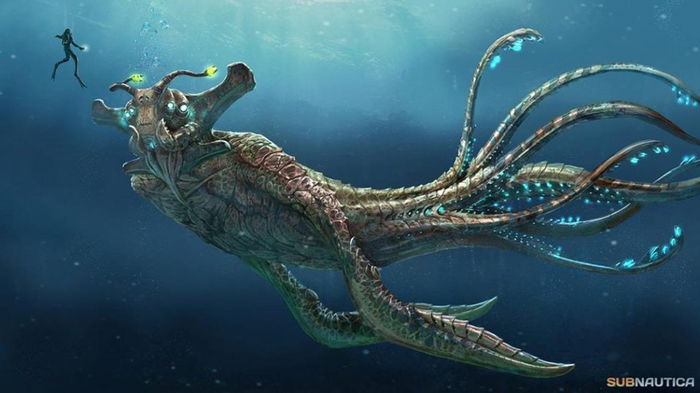
Valheim
Inspired by Norse mythology, Valheim places players in a Viking purgatory, where they must survive, explore, and defeat mythological creatures to achieve redemption. The game blends intense combat, base building, and exploration of vast biomes, each with unique challenges.
Progression is marked by defeating bosses, which unlock new areas and resources. But reaching them requires preparation: gathering materials, crafting weapons, erecting defenses, and managing basic needs like hunger and shelter.
Multiplayer is one of Valheim's greatest attractions. Building Viking villages with friends, exploring the seas in drakkars, and facing legendary enemies creates a sense of collective adventure rare in survival games.
Despite its difficulty, the game strikes a good balance between challenge and reward. With each achievement, such as building an imposing fortress or defeating a colossal boss, players feel like they've overcome something great.
With its stylized aesthetic and immersive atmosphere, Valheim shows that survival can also be epic and inspiring. It's a title that combines exploration and strategy in perfect doses, always testing the player's limits.
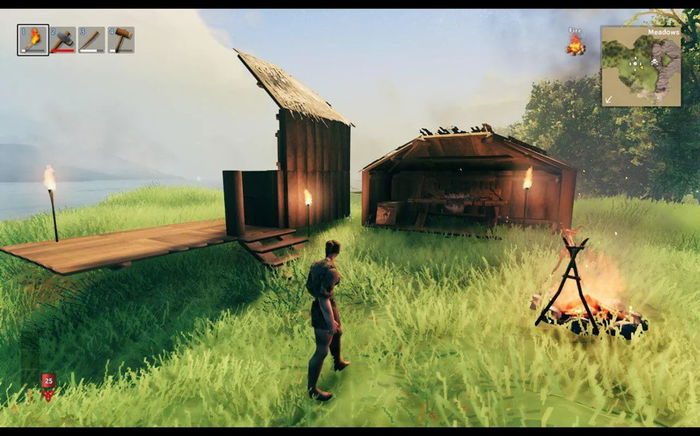
Don’t Starve Together
Don’t Starve Together is the cooperative version of Klei Entertainment’s famous survival game and perhaps one of the most challenging in the genre. With a dark, cartoonish visual style, it hides a relentless difficulty.
The player must manage hunger, sanity, and health in a hostile world filled with monsters, extreme weather, and limited resources. Each season brings new dangers: in winter, the cold can kill; in summer, spontaneous fires can destroy everything.
Cooperative play is a plus, as sharing tasks and supporting others is essential. However, this also creates tension: a mistake by one group member can jeopardize everyone’s survival.
The crafting system is deep, allowing for the creation of everything from simple tools to complex structures. The learning curve is steep, but each victory, even if it’s just surviving a few more days, brings immense satisfaction.
With its unique aesthetic and punishing difficulty, Don’t Starve Together is perfect for those seeking a cooperative experience that truly tests the group’s patience, communication, and skill.
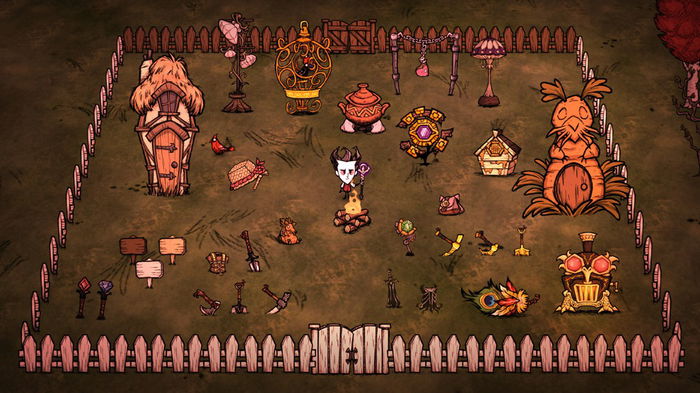
Green Hell
Green Hell takes survival to a stunning level of realism. Set in the Amazon rainforest, the game pits players against nature in a brutal struggle. Without zombies or monsters, the true enemy here is the environment.
Players must hunt, fish, gather plants, and build shelters, all while dealing with illnesses, injuries, and even psychological problems. The survival system is one of the most detailed ever created: you must analyze your body for parasites, apply specific treatments, and maintain a balanced diet to avoid illness.
The jungle is as beautiful as it’s lethal. Wild animals, unpredictable weather, and scarce resources make every decision critical. The story mode also adds intense psychological drama, exploring the effects of isolation and mental pressure.
Green Hell isn’t just a game; it’s an experience of physical and mental endurance. It challenges players to use creativity and resilience in one of the most hostile environments on the planet.
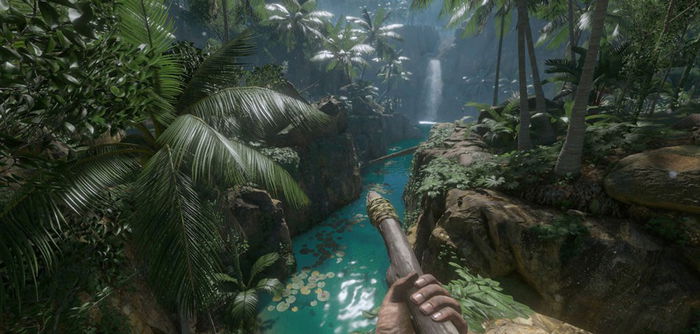
Minecraft
Minecraft may seem simple at first glance, but its survival mode remains one of the most influential and challenging in the genre. Players start with nothing and must gather resources to survive, build tools and shelters, and face monsters at night.
The beauty of Minecraft lies in its freedom: each generated world is unique, and how you choose to survive depends solely on your creativity. You can focus on exploring deep caves searching for diamonds, creating automated farms, or building gigantic fortresses to protect yourself from enemies.
Despite its simple aesthetic, the game is unforgiving. Facing the Nether or the End requires intense preparation, and the loss of items upon death increases the tension of each expedition.
Minecraft has become a cultural phenomenon precisely because it offers a perfect balance between creativity and survival. It can be relaxing or extremely challenging, depending on how you play. It’s undoubtedly one of the most versatile and enduring titles in the genre.
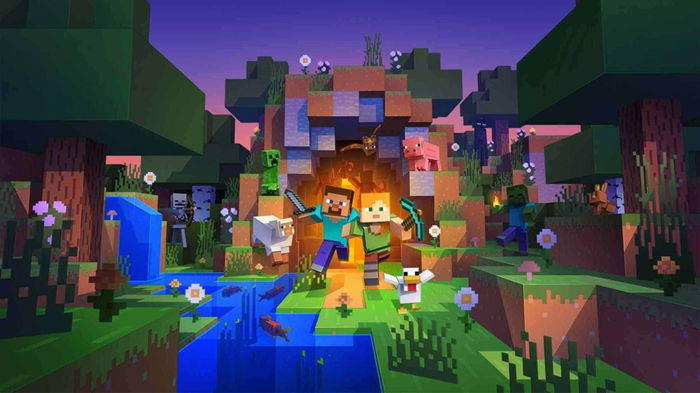
Conclusion
Survival games are experiences that confront us with the unexpected and make us reflect on our own adaptability. Each title on this list presents a hostile world in its own way, whether facing dinosaurs, zombies, giant sea creatures, or the Amazon jungle itself. They remind us that, even in digital environments, survival depends on strategy, resilience, and, often, collaboration.
Whether you're a fan of extreme realism or more creative experiences, these games offer challenges that will certainly test your limits.













— Commenti 0
, Reazioni 1
Diventa il primo a commentare